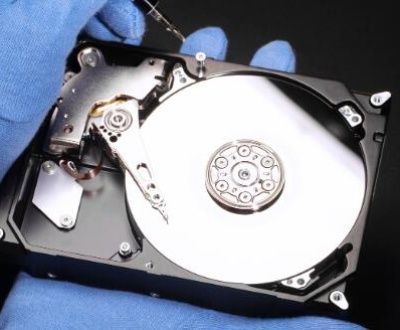Why Backup iCloud Data?
Before diving into the backup process, it’s important to understand why backing up iCloud data is crucial:
Data Security: Cloud services are vulnerable to breaches, outages, and data corruption. An external hard drive provides a physical backup that is not susceptible to these online risks.
Control and Accessibility: Local backups offer more control over your data and allow you to access it without needing an internet connection.
Storage Management: If you are approaching your iCloud storage limit, having a local backup can help you manage and free up space in your iCloud account.
Preparing for Backup
1. Select an External Hard Drive
Choose an external hard drive with sufficient storage capacity to accommodate your iCloud data. Ensure it is formatted correctly for your operating system (e.g., NTFS for Windows, APFS or HFS+ for macOS).
2. Update Your iCloud Data
Ensure that all your data is synced to iCloud. This includes photos, documents, and any other files stored in iCloud Drive. On your iOS device, go to Settings > [your name] > iCloud and verify that everything is up to date.

3. Organize Your Data
Decide what data you want to back up. You might choose to back up only certain files or the entire iCloud Drive. Organizing your data beforehand can help streamline the backup process.
Backing Up iCloud Data
For macOS Users
Connect Your External Hard Drive Plug your external hard drive into your Mac using a compatible USB port.
Access iCloud Data Open Finder and click on iCloud Drive in the sidebar. This will show you all the files and folders stored in iCloud.
Copy Files to External Hard Drive
Select Files and Folders: Click and drag to select the files and folders you wish to back up.
Drag and Drop: Drag the selected items to the external hard drive’s icon in the Finder sidebar or to a folder on the external drive.
Verify Backup After copying, ensure that the files are correctly transferred by checking their presence and integrity on the external hard drive.
For Windows Users
Install iCloud for Windows Download and install iCloud for Windows from the Apple website.
Set Up iCloud for Windows Open iCloud for Windows and sign in with your Apple ID. Select the iCloud services you want to sync, such as iCloud Drive, Photos, and Mail.
Download iCloud Data
Open File Explorer: Go to the iCloud Drive folder that appears in File Explorer.
Copy Files: Select the files and folders you want to back up, then right-click and choose Copy.
Transfer to External Hard Drive
Paste Files: Navigate to your external hard drive in File Explorer. Right-click inside the drive’s window and select Paste to copy the files over.
Verify Backup Check the external hard drive to ensure all selected files are present and accessible.
Automating Future Backups
For a more streamlined approach to future backups, consider these options:
1. Use Backup Software
Many backup software programs can automate the backup process. Look for software that supports syncing iCloud data to an external hard drive.
2. Scheduled Backups
Set up regular backups by scheduling tasks in your backup software. This ensures that your iCloud data is regularly updated on your external hard drive without manual intervention.
Troubleshooting Common Issues
1. Inadequate Storage Space
If your external hard drive runs out of space, you’ll need to either free up space or use a larger drive. Check the size of your iCloud data and ensure your external drive has enough capacity.
2. Sync Issues
If some files are not appearing in your iCloud Drive, make sure your devices are fully synced and try refreshing the iCloud Drive on your Mac or Windows PC.
3. File Corruption
If you encounter any file corruption issues during the backup, try re-copying the files. Ensure the external hard drive is in good working condition.
Best Practices for Data Backup
Regular Backups: Perform backups regularly to ensure you always have the latest data saved.
Multiple Backups: Consider keeping more than one backup in different locations for added security.
Check Backups: Regularly check your backup files to ensure they are complete and accessible.
Secure Your Backup: Store your external hard drive in a safe place to prevent physical damage or theft.
About us and this blog
Panda Assistant is built on the latest data recovery algorithms, ensuring that no file is too damaged, too lost, or too corrupted to be recovered.
Request a free quote
We believe that data recovery shouldn’t be a daunting task. That’s why we’ve designed Panda Assistant to be as easy to use as it is powerful. With a few clicks, you can initiate a scan, preview recoverable files, and restore your data all within a matter of minutes.
Subscribe to our newsletter!
More from our blog
See all postsRecent Posts
- Data recovery columbus ohio 2025-04-18
- Salvage data recovery cost 2025-04-18
- Data recovery minneapolis 2025-04-18

 Try lt Free
Try lt Free Recovery success rate of up to
Recovery success rate of up to









